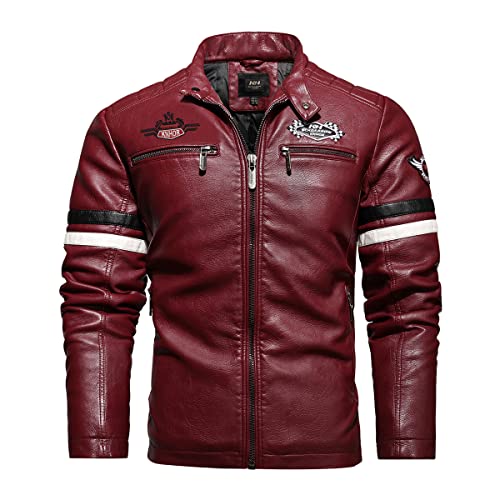qmotion
Well-known member
I'm about to get all my farkles installed on my FJR. I've been looking into CB antennas for the J&M CB-2003. For what the J&M antennas cost I'm looking into other options. When I go to the CB forums they speak of a Predator 10K, Monkey Made, Wilson, Viper and ProComm antennas. I think it would be wack to see one mounted on an FJR.
Viper
https://www.www.premiere-electronics.net/st...rcbantenna.html
Predator 10K
https://www.smileyscbshop.com/PredatorAntennas.html
Monkey Made
https://www.www.premiere-electronics.net/st...monkeymade.html
ProComm
https://www.smileyscbshop.com/TwisterAntennas.html
Wilson
https://www.wilsonantenna.com/w1000.htm
Things that make you say hmmmm.
The Predator 10K is currently the most praised antenna. It has a 27" shaft which would put the whip portion above the shoulders if mounted in the center of the luggage rack. If these antennas work best in mobile setups, why won't they work well for motorcycles?
Viper
https://www.www.premiere-electronics.net/st...rcbantenna.html
Predator 10K
https://www.smileyscbshop.com/PredatorAntennas.html
Monkey Made
https://www.www.premiere-electronics.net/st...monkeymade.html
ProComm
https://www.smileyscbshop.com/TwisterAntennas.html
Wilson
https://www.wilsonantenna.com/w1000.htm
Things that make you say hmmmm.
The Predator 10K is currently the most praised antenna. It has a 27" shaft which would put the whip portion above the shoulders if mounted in the center of the luggage rack. If these antennas work best in mobile setups, why won't they work well for motorcycles?
Last edited by a moderator:






























































